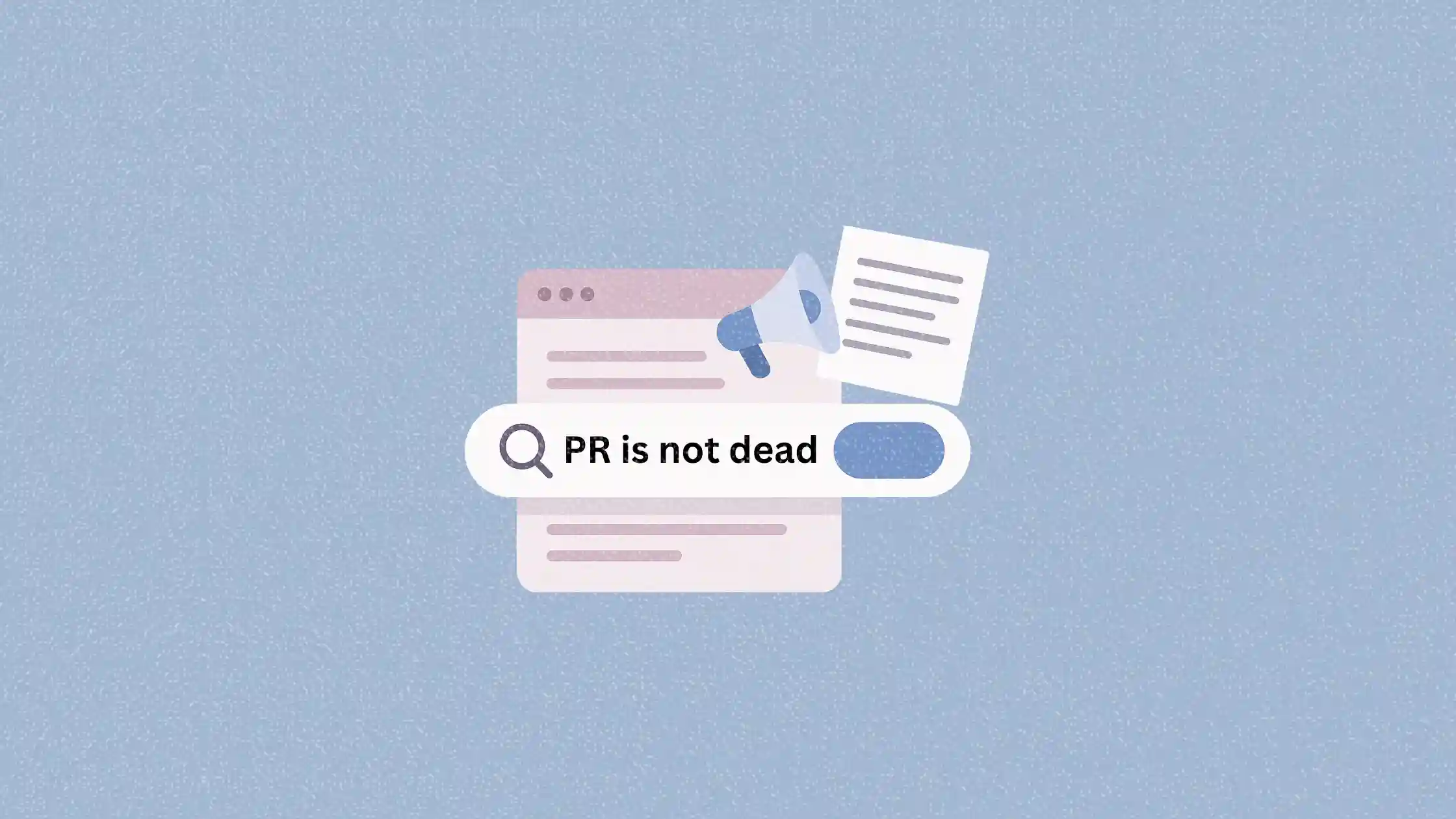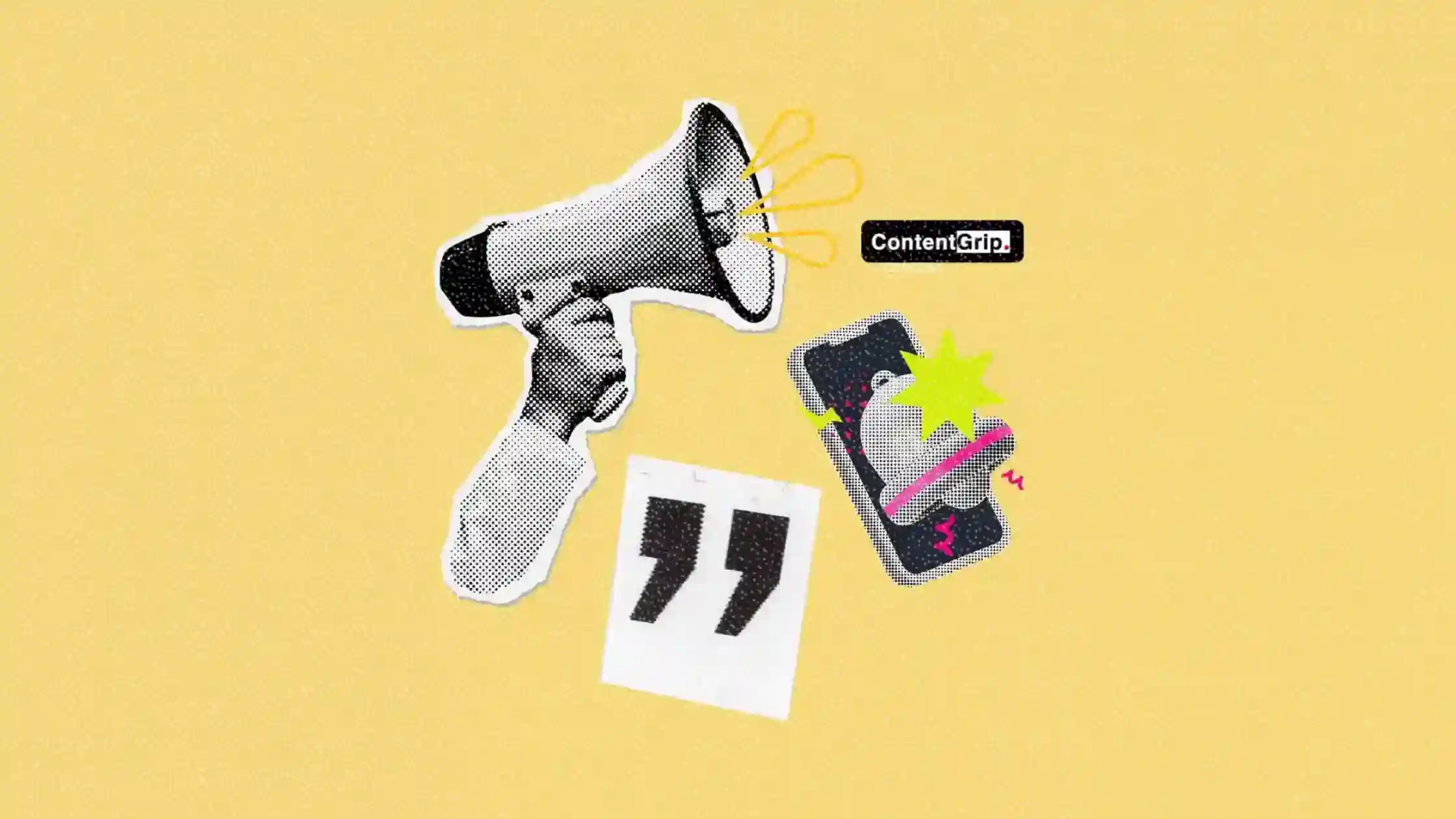PR is not dead and AI search engines are proving it
Muck Rack’s new findings expose a growing divide between AI search behavior and traditional SEO tactics

For a while, it looked like AI search and Google’s AI Overviews might spell the end of traditional PR. With algorithms generating answers directly, who needs third-party validation or earned media anymore?
But new data from Muck Rack tells a different story. It turns out, AI is doing the opposite of killing PR, it’s putting it front and center. The study reveals that AI-generated responses favor third-party editorial coverage and largely ignore the paid and “sponsored-looking” content marketers have relied on for over a decade.
For PR and comms professionals, the implications are massive. As traditional SEO practices intersect with AI-driven tools like ChatGPT and Google’s AI Overviews, it’s clear that a new kind of credibility is taking center stage: genuine, earned media coverage. This article explores Muck Rack’s findings, why PR is suddenly leading the visibility race, and what marketers need to do about it.
Short on time?
Here’s a table of contents for quick access:

What Muck Rack found
Muck Rack examined how AI tools cite sources in response to over one million user prompts. The results reinforce what many PR insiders have suspected: AI models prefer credible editorial content over marketing materials.
Here’s the breakdown:
- 37% of AI-cited results referenced content not owned by the brand in question
- 27% cited journalistic sources such as Reuters, AP, and the Financial Times
- 2% cited marketing or social media content
- Only 1% cited press releases
Put simply, the vast majority of citations come from PR-driven earned media, not owned assets or paid campaigns.

Why paid placements are losing ground
The most striking takeaway is what is not being cited. Native ads. Sponsored content. Branded features disguised as editorials. AI search tools appear to filter out content that doesn’t meet a high editorial standard, even if it is technically accurate or heavily optimized.
According to Axios reporter Eleanor Hawkins, this is a key difference between LLM search and traditional SEO. AI-generated results rarely include paid placements or sponsored content. In other words, AI is ignoring what many brands have spent years and millions building: an entire ecosystem of content designed to game Google.
The data hints at a broader philosophical divide. LLMs, trained to mimic credible human responses, gravitate toward outlets that maintain editorial integrity. This inadvertently punishes brands that have leaned too heavily on paid media strategies to boost their visibility.
What marketers should do now
This shift represents a rebalancing of trust in digital content. Here's how brands should respond:
1. Reinvest in PR, not just SEO
If you want your brand to show up in AI-generated results, you need to get cited in trustworthy outlets. That means real stories covered by real journalists, not just “owned media” or polished press releases.
2. Audit your media strategy
Evaluate what percentage of your digital footprint consists of paid placements versus earned coverage. The AI search revolution rewards authenticity, not automation.
3. Drop the ad-masquerading-as-editorial tactic
Content disguised as journalism is no longer a shortcut to visibility. LLMs are not fooled and neither are your customers. Brands will need to earn their place in trusted conversations, not buy their way in.
4. Work with AI-aware media partners
Collaborate with PR agencies like Content Collision and editorial outlets that understand how AI interprets content credibility. This goes beyond backlinks or headline optimization. It is about trustworthiness in machine logic.
The new PR frontier is machine-readable trust
This is not just a new kind of SEO. It is a full-circle return to PR's roots. Authenticity. Credibility. Real journalism. AI tools are inadvertently forcing brands to earn their audience again, not just outspend their competition.
For marketers and PR leaders, the path forward is clear: stop treating earned media as a nice-to-have. It is now the gateway to being seen, cited, and trusted in the AI era.





